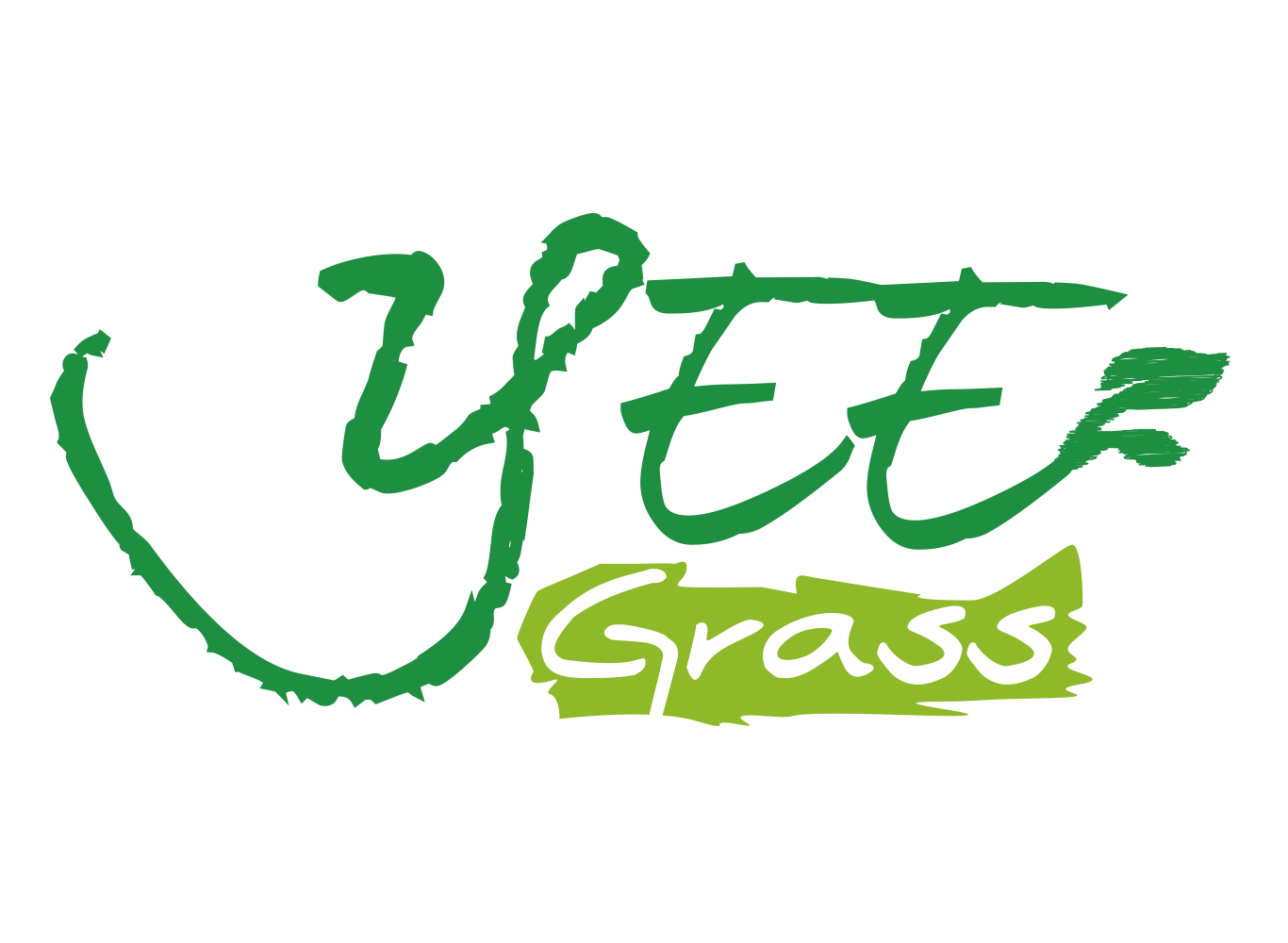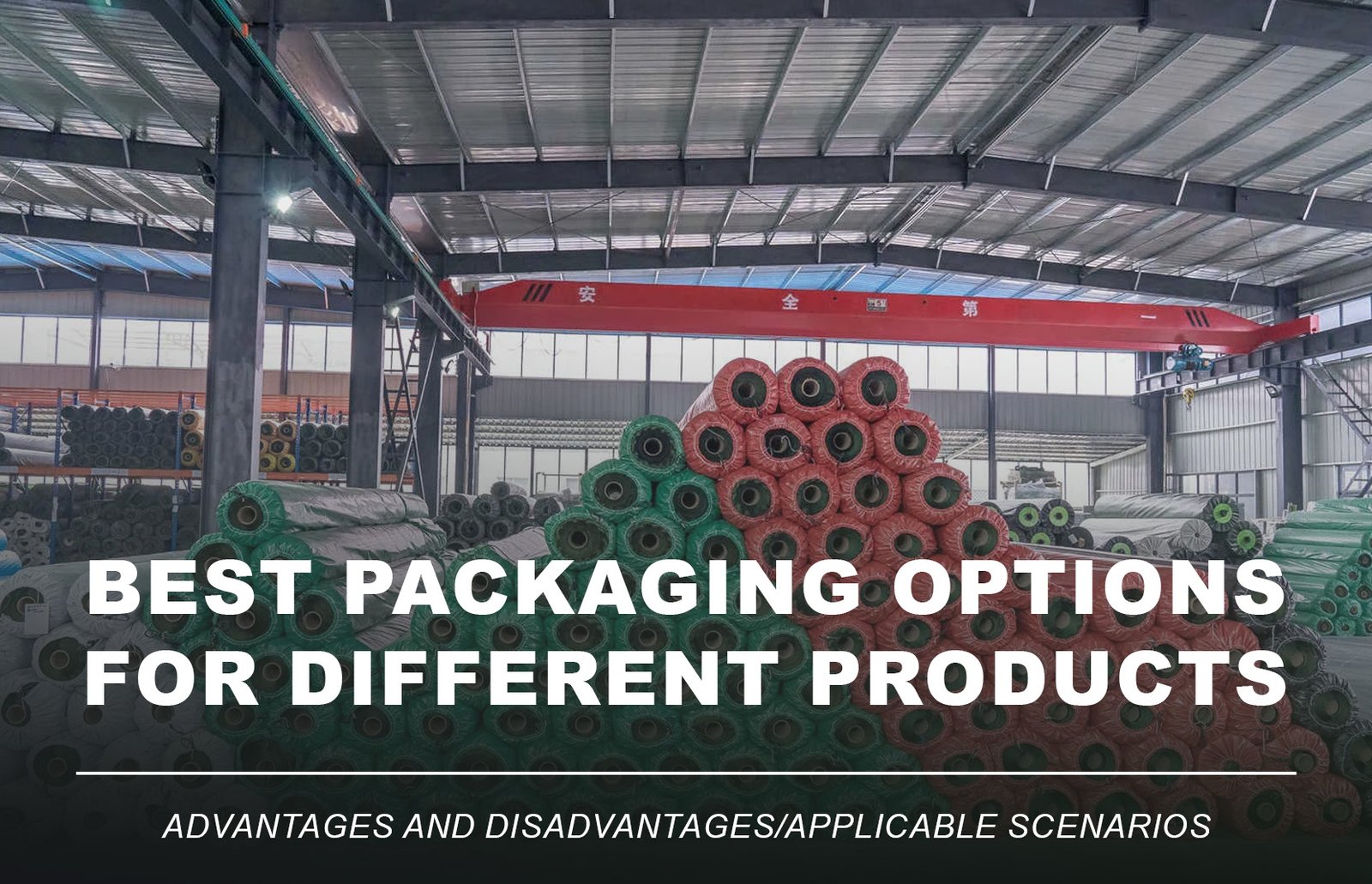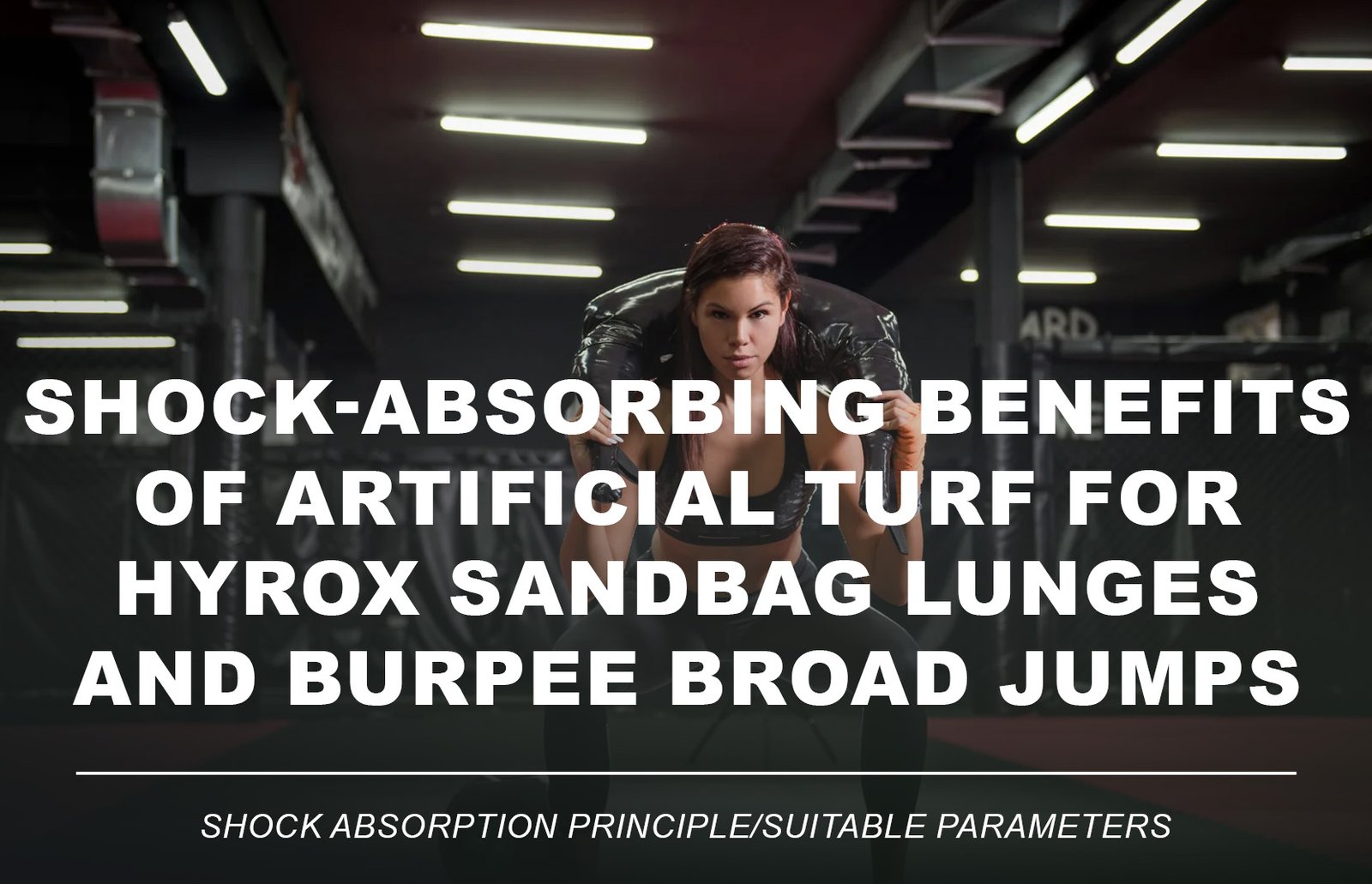
1.Introduction: Why the Playing Surface Matters
When it comes to sports performance, the surface you play on matters more than you might think. Whether you’re managing a school sports field, a professional training ground, or a community playground, choosing between grass and artificial turf directly impacts injury risk, usability, and long-term maintenance.
This guide compares natural grass vs artificial turf for sports fields, helping you determine the best surface for your athletic field based on performance, cost, safety, and climate.
2.What Is Natural Grass for Sports Fields?
Natural grass sports fields are traditional surfaces found in stadiums, golf courses, and large parks. The living grass grows in soil or sand systems and is maintained through irrigation, mowing, and fertilization.
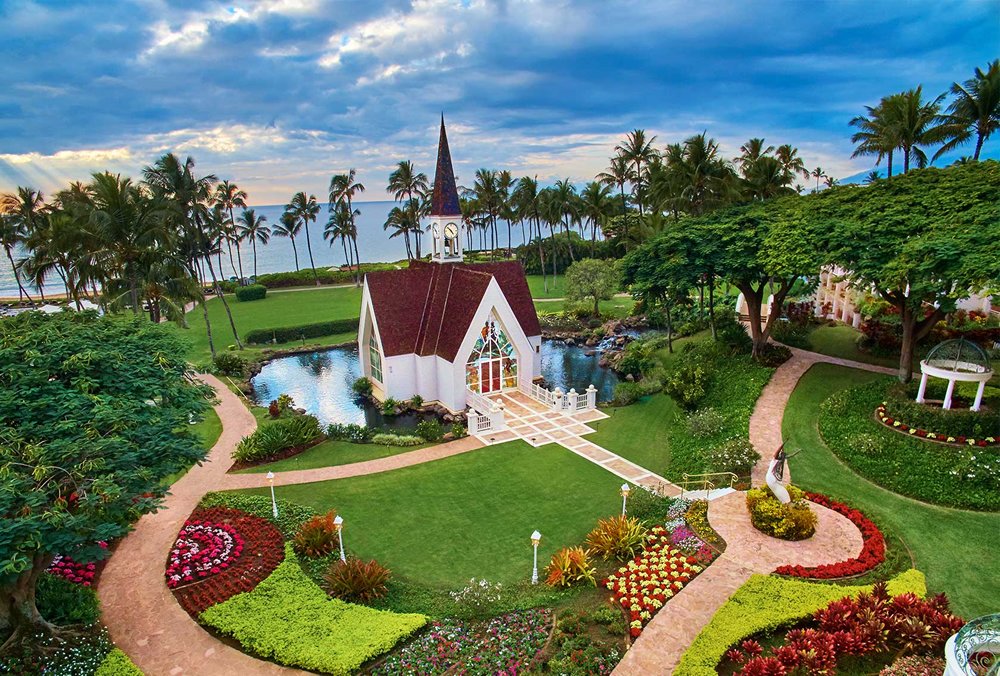
✅ Advantages of Natural Grass:
- Soft, cool, and natural feel underfoot
- Reduces player fatigue and joint impact
- Ideal for soccer, football, and multi-directional movement
- Offers eco-friendly sports surface options, supporting biodiversity
❌ Disadvantages:
- Limited durability; not ideal for high-frequency use or kids’ sports
- Susceptible to mud, wear spots, and recovery downtime
- Requires heavy maintenance, increasing costs over time
If you’re asking, “which is better for football: turf or grass?” — professional leagues still favor grass for its performance, but it comes with high upkeep.
3.What Is Artificial Turf for Sports Fields?
Artificial turf, also called synthetic turf, mimics the look of natural grass but is made from synthetic fibers like PE or nylon. It is layered with infill, a backing system, and often a shock pad to improve safety.

✅ Advantages of Artificial Turf:
- Consistent surface in any weather: rain or shine
- Perfect for synthetic turf for schools and public fields
- Requires minimal maintenance—no watering, mowing, or seeding
- Suitable for indoor and rooftop installations
❌ Disadvantages:
- Surface heat: artificial turf heat concerns are real in summer months
- Some users question: “is artificial grass good for sports?”—yes, but it depends on the turf quality and padding
- Initial investment is higher, but long-term costs are often lower
4.Grass vs Turf: Side-by-Side Comparison
| Feature | Natural Grass | Artificial Turf |
| Surface Feel | Natural, soft and cool | Even, firm — shock pad recommended |
| Weather Resistance | Muddy in rain, dries in heat | All-weather usability |
| Maintenance Needs | High: mow, water, fertilize | Very low: occasional cleaning |
| Durability | Poor with high use | Built for constant use |
| Safety & Injuries | Fewer turf burns; softer falls | Depends on quality; some studies explore natural grass vs turf injuries |
| Cost Consideration | Low upfront, high maintenance | High upfront, lower long-term cost |
This chart gives a clear view of the pros and cons of artificial turf compared to grass.
5.Best Use Cases for Each Surface
(1)Natural Grass is ideal for:



(2)Artificial Turf is ideal for:
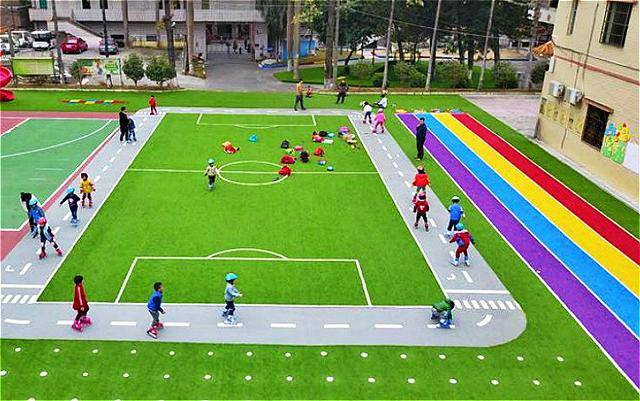



- School playgrounds and community fields
- Indoor sports spaces and multi-sport soccer fields
- Urban or arid zones with limited water supply
- Any high-traffic areas with minimal downtime
Wondering about turf vs grass for kids’ sports? Turf is generally safer due to its even surface and year-round availability.
6.How to Choose: Grass or Turf?
When deciding on the best surface for an athletic field, ask yourself:
- What’s the usage frequency? Daily school use or weekend-only?
- What’s your climate like? Rainy, dry, or extreme sun?
- Do you have staff for maintenance?
- Is safety or long-term cost your bigger concern?
- Are you managing a football, soccer, or multi-purpose facility?
Many sports facilities ask: “Does turf cause more injuries than grass?” The answer is nuanced. Quality turf with proper infill and shock absorption is safe, but poor installations may increase the risk of abrasions and joint stress.
7.Frequently Asked Questions (FAQs)
Q1: Is artificial grass good for sports like soccer and football?
Yes. Today’s sports turf is engineered for performance, and artificial turf vs grass soccer field comparisons show that turf performs consistently under heavy use.
Q2: What about heat concerns with artificial turf?
Artificial turf heat concerns are valid. Turf can become hot in summer, but infills like cork, TPE, or cooling technologies can reduce surface temperatures by 10–15°C.
Q3: What’s the maintenance difference between natural grass and turf?
Artificial turf vs grass maintenance is no contest—turf saves time and costs long-term, especially for schools and parks with limited resources.
Q4: How much does turf cost vs grass over time?
Initial cost of artificial turf vs grass field favors grass. However, after 5–10 years, turf often proves more cost-effective due to minimal upkeep.
Q5: Which is safer for children—turf or grass?
For controlled environments like schools, synthetic turf for schools offers more safety consistency, especially with anti-slip backing and padding.
8.Conclusion: No One-Size-Fits-All Answer
When comparing Grass vs Artificial Turf for Sports, the right choice depends on your goals:
- Want tradition and green aesthetics? ✅ Go with natural grass
- Need durability and consistent use? ✅ Choose artificial turf
Carefully weigh usage patterns, budget, location, and maintenance capacity—and you’ll find the best surface for your athletic field.
